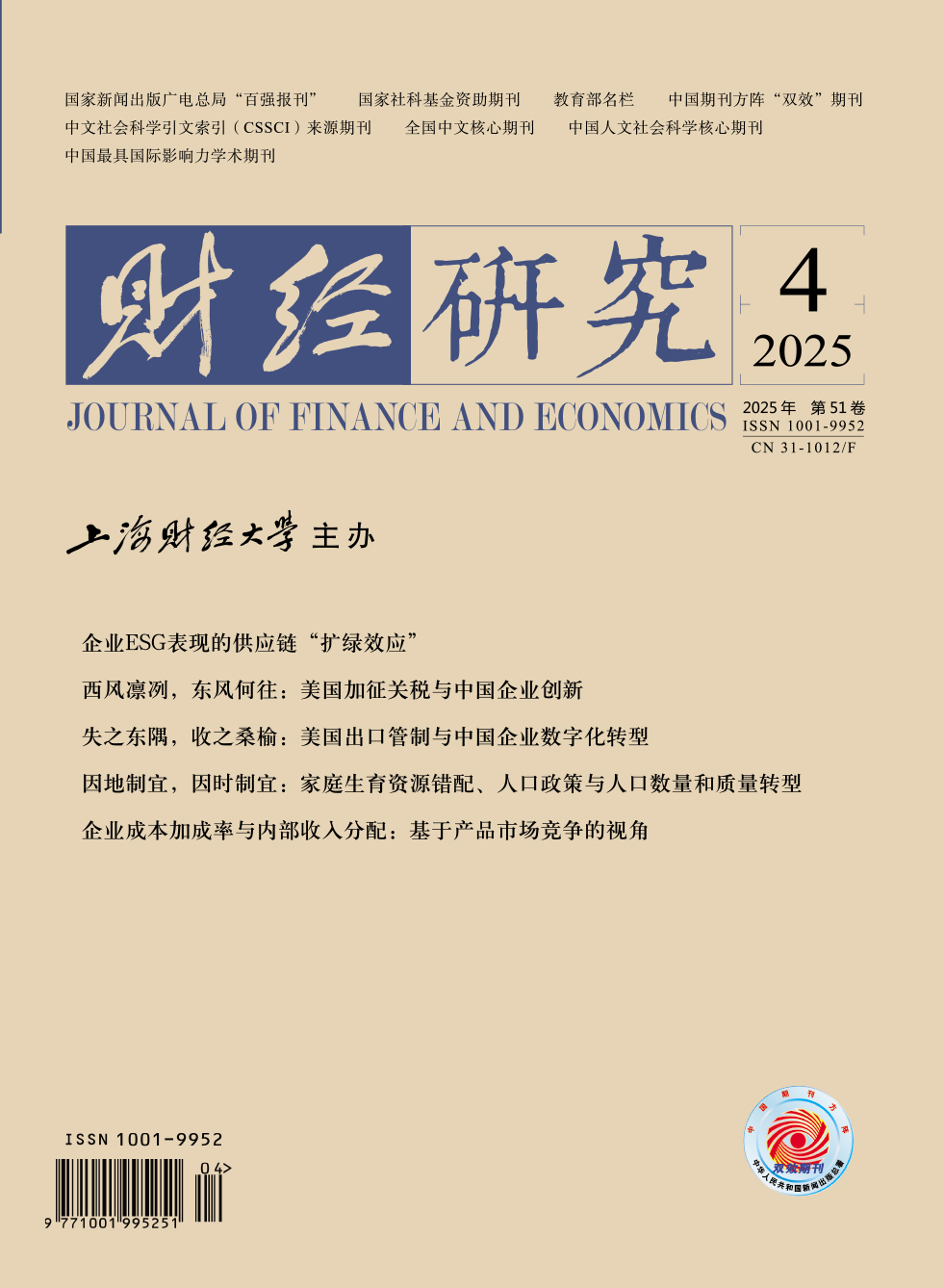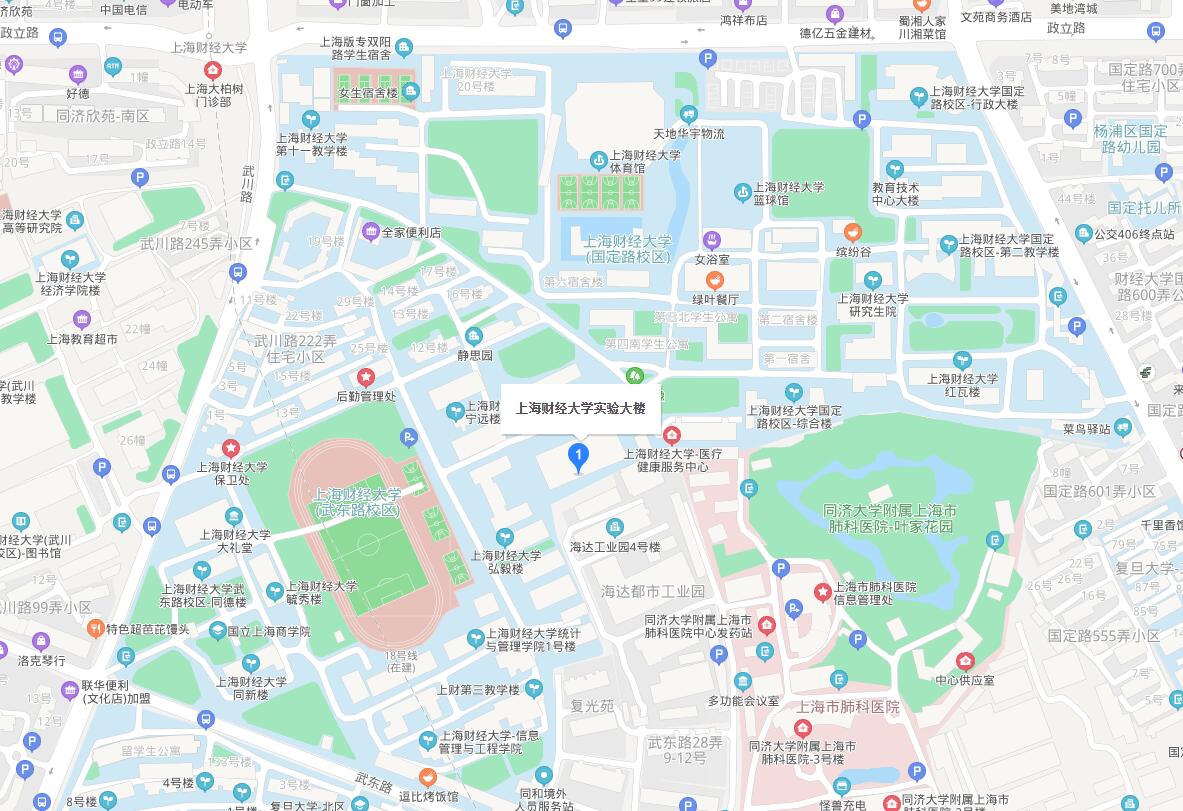Since the founding of the PRC, China’s population growth mode has changed from quantity-oriented to quality-oriented. However, there is a misallocation of family reproductive resources, with excessive births and inadequate educational investment before the family planning policy, and insufficient births and excessive educational investment after that. Existing studies lack a unified framework to explain the concurrent failure of birth numbers and educational investment.
This paper constructs a model on fertility quantity-quality trade-off. It analyzes the misallocation of fertility resources in different stages, including its forms, mechanisms, and effects, and evaluates the macro effect of fertility policies. The results show that fertility’s incomplete information and lock-in effect lead to diverse misallocation forms across stages. In the capital-scarce stage, excessive fertility and insufficient education investment may trigger the “population poverty trap”, and in the capital-abundant stage, scarce fertility and excessive education investment may cause the “low fertility trap”. The family planning policy helped China avoid the “population poverty trap”. With economic growth, it worsened low fertility and excessive education investment. Also, relaxing the quantity-based family planning policy cannot solve the “endogenous low fertility trap” resulting from misallocation. Further, reducing child-rearing and education costs and building a fertility-friendly society can achieve high-quality population development.
The contributions of this paper lie in two aspects: (1) At the theoretical logic level, it enriches and expands the classic theory on fertility quantity-quality trade-off, endogenizes the development stage, enhances the model’s explanatory power for reality, and better explains phenomena like the “population poverty trap” and “low fertility trap” in different countries. (2) At the policy evaluation level, it constructs a theoretical framework to explain the logic of the transformation of fertility policies, explains the reasons for the transformation of China’s fertility policies from the policy of restricting fertility to the policy of encouraging fertility, and provides a theoretical basis for policymaking.





 2114
2114  2482
2482

